reposting this. Vigan!!
The heritage city of Vigan
in Ilocos Sur is still in the running to become one of the 7 Wonder
Cities of the World. In this penultimate round of the race, this
northern city made it to the list of 21 finalists and will compete
against the world’s best cities such as Bangkok, Barcelona, Istanbul,
London, Mexico City, Mumbai, Perth, Reykjavik, Saint Petersburg, and
Seoul to make it to the next round.
To vote, visit the website (www.new7wonders.com)
and cast your vote. Aside from that, votes may be cast through mobile
applications for Apple and Android devices. Voting can be done through
text messaging and/or through international phone (+881821611990;
+881921611990;+34902735471; +447589975201; +447559121023;
and+447559583500).
Voting for the 7 Wonder Cities ends on October 7, when the list will
be further reduced to 14. The new 7 Wonder Cities will be revealed on
December 7, 2014.
You might ask: why should you vote for Vigan? Here are the 8 reasons why this place is, indeed, a “wonder” city.
8. A City of Colorful History
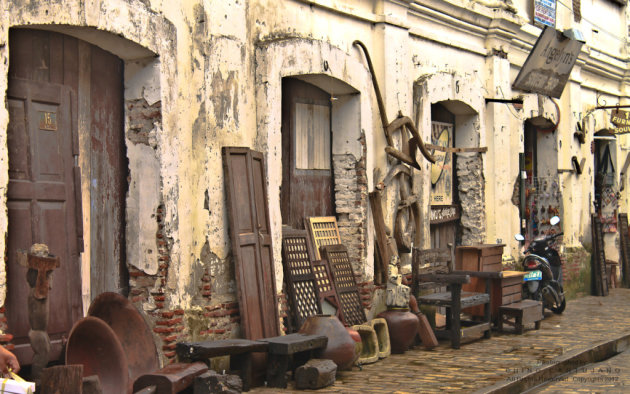
Did you know that the first major revolution against the Spaniards
was waged in Vigan? During the British military incursion in the
Philippines in September 1762, revolutionary leader Diego Silang saw an
opportunity to lead an Ilocano revolt against the Spanish forces. That
time, Ilocano people had long suffered from unreasonable taxes, unpaid
labor for the construction of religious and government structures, and
suppressive monopolies that the Spaniards imposed on the town. Working
as a courier for Vigan parish priest, he saw these abuses and called for
revolution.
When he failed to negotiate with the Spanish authorities to establish
a government in Ilocos with Ilocano functionaries, he worked with
British forces to defeat the enemy in the north and gained control of
Vigan three months after. However, the British’s promise to strengthen
his forces and complete his plan unfortunately never came. Diego Silang
was later killed by his friend Miguel Vicos upon the instigation of the
Spanish church and government.
His wife Gabriela Silang took over and continued the revolution. Her
valiant effort however was overpowered by the Spanish forces, causing
her retreat to Abra. She tried to lead her army back, but was again
repelled. She was later captured and put to death publicly by hanging,
along with her other comrades, in 1763. She is now known as the
Philippine’s Joan of Arc and the first female leader in Philippine
revolution.
7. A City of Museums

Vigan is home to several ancestral houses that have been transformed
into museums. Together, they create a massive and extensive historical
collection from the Spanish period. Top on the list is the Syquia
Mansion which houses 6th Philippine President Elpidio Quirino’s
memorabilia. These historical items were actually owned by his wife Dona
Alicia Quirino whose Chinese ancestry made fortune in the robust
trading in Vigan. Sy Kia, the ancestor of the Syquia clan, was very
proud of his Asian heritage which can be seen in the architectural
influence in the mansion. During the term of President Quirino, the
Syquia mansion became the venue for some of the presidential functions
and events.
Another must-visit is the Crisologo Museum, which was established in
perpetuation of the memory of a tragic event that happened to the clan
patriarch, Floro S. Crisologo. He was a congressman known for being
responsible to some landmark legislations that benefited his
constituents such as the law that created the first state university in
the North and the establishment of the Social Security System. The
public servant was later shot in the head by a still unidentified gunman
while he was inside the St. Paul Cathedral in 1970. His wife Carmeling
and his children vowed to never exact revenge, but made sure that his
life and death will not be forgotten.
6. A City of Great People
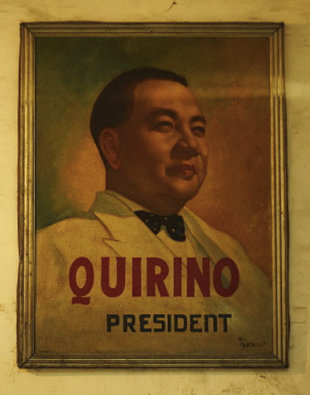
Via kilovox.com
Aside from President Quirino and Congressman Crisologo (who both
hailed from the heritage city), Vigan has produced some of the great
minds in history such as Leona Florentino who was recognized as the
first Filipina poet who achieved international recognition. She was the
mother of Isabelo delos Reyes, the first champion of the labor movement
in the Philippines and the Philippine Independent Church. Delos Reyes
has also made his mark in the Philippine literature and became the
founder of the first newspaper in local dialect, El Ilocano.
Vigan is also home to National Folk Artist Fidel Go who was awarded
the highest award by the National Commission on Culture and the Arts in
1990 for his exemplary effort in preserving the tradition of
burnay-making.
5. A City of Arts and Culture
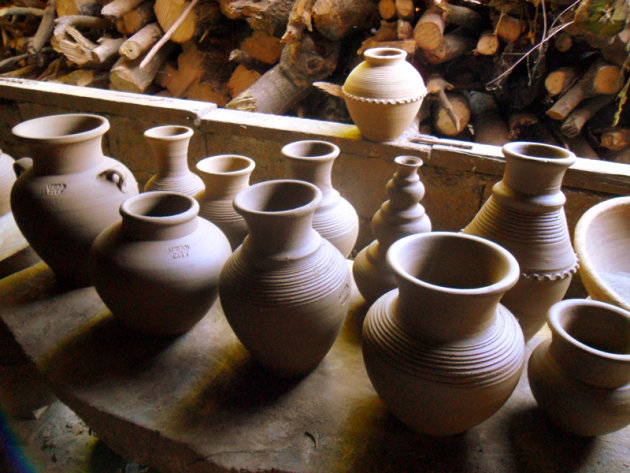
A trip to Vigan is never complete without learning a thing or two
about its traditional arts and culture. A visit to pagburnayan allows
you to meet GAMABA artist Fidel Go. The burnay industry dates back to
pre-colonial times when Chinese immigrants came to settle in Vigan and
created earthenware made from clay. With the skillful hands of the
potter and the use of pottery wheel and kiln, the clay is fashioned into
desired shape, making it one of the most-sought items by tourists.
Aside from the century-old tradition of burnay making (pottery),
there is also the abel, the traditional hand-woven cloth. Made from
sagut or cotton, abel weaving is quite intricate and labor-intensive.
Different colored yarns of cotton are manually arranged in a wooden
handloom; then the weavers must master the synchronized movements of
their hands and feet to create beautiful design.
4. A City of Agricultural Treasures
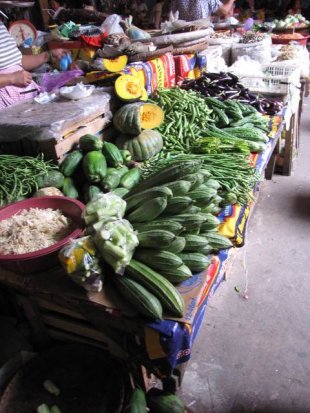
Via hobotraveler.com
Vigan is predominantly an agricultural town. Farmlands occupy around
1,300 hectares of Vigan, extensively utilized for planting agricultural
products such as rice and corn. The farmers use crop rotation; hence,
they also grow corn, sugarcane, kamote, garlic, onion and Cavendish
bananas.
Biguenos so love their vegetables that the Vigan cuisine revolves
around them. That is why they also dedicate their lands in planting
vegetables such as ampalaya, cabbage, eggplant, tomato, squash, and
mongo. They also have root crops such as cassava, jicama, peanuts, sweet
potato and yam.
3. A City of Faith and Devotion
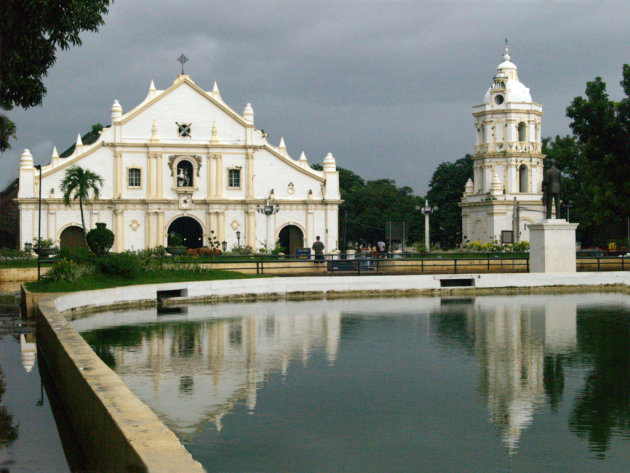
Just like the rest of the country, Vigan is predominantly Catholic.
Religion plays a vital role in the different aspects – social, economic,
educational and political – of the people’s lives. The center of this
is the St. Paul Cathedral, located near other historic buildings such as
the Episcopal Palace, the Vigan Municipal Hall, the Capitol Building
and the town plazas, Plaza Salcedo and Plaza Burgos. Most festivities
here are centered on religion. The Semana Santa, for example, is the
religious observance of the passion and death of Christ; while Tres de
Mayo commemorates the successful journey of St. Helena and her son
Prince Constatine in their search for the cross where Jesus died and
celebrates the feast for Apo Lakay or the Black Nazarene.
2. A City of Culinary Traditions
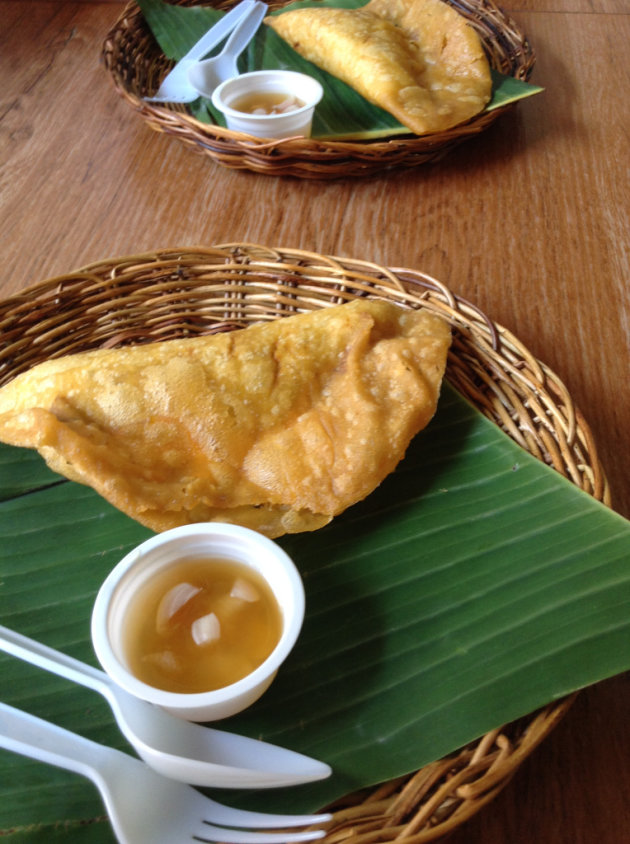
Pinakbet, empanada, longganisa, bibingka, bagnet, pipian,
poque-poque, sinanglao, igado – you name it, Vigan has comfort food to a
T. Simple yet flavorful, Vigan cuisine is known to keep the natural
flavor of each ingredient and often characterized by sweet, sour or
salty taste. Most people cook these dishes by using what is naturally
available in their area.
One of the must-try here is the Vigan empanada. Likened to a taco, it
is made from ground rice flour used to make dough for the crust or
shell. The dough mixture is then kneaded as thinly as possible on a
banana leaf. The filling is made from grated green papaya, toge or mung
bean sprouts and shredded carrots, with meat from Vigan longganisa and
egg.
Don’t forget about the kankanen, an Ilocano term that collectively
refer to Vigan delicacies. In the olden times, these native delicacies
were prepared only during special occasions and fiestas. But now, one
can enjoy these delicacies throughout the year. Try the famous bibingka,
biko-biko, binagkal, dila-dila, kalamay, kaskaron, latik, patupat, puto
and tinubong from the kankanen makers of Barangay San Jose in Vigan.
1. A City of Heritage

Established in 16th century, Vigan is a best-preserved model of a
Spanish colonial town in Asia. The architecture, especially along Calle
Crisologo, reflects the diverse influences from China and Europe,
resulting in a culture and townscape that is quite unparallel anywhere
in East and Southeast Asia. In 1999, UNESCO declared Vigan as a Heritage
site. This well-preserved Spanish trading town has survived the test of
time, with bombings during the World War II, earthquakes, and other
calamities.
Biguenos take pride in preserving their culture, history and
architecture. Government, private organizations and its constituents aim
to keep their long-term goal of preserving the 630 heritage structures
in their city that date back from the 18th century. Calle Crisologo and
the nearby streets transport tourists to the bygone era, in the Spanish
colonial period, when people lived prosperously because of the
Manila-Acapulco galleon trade.
No comments:
Post a Comment